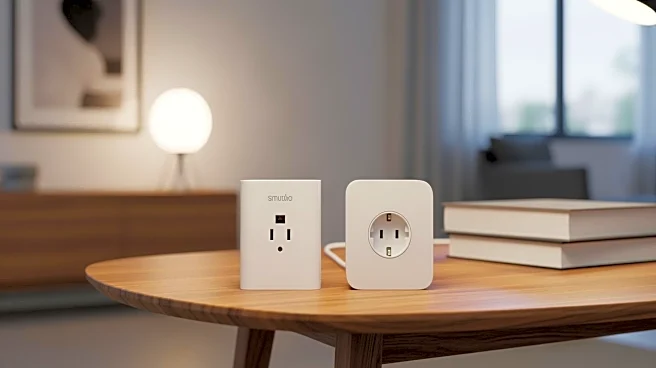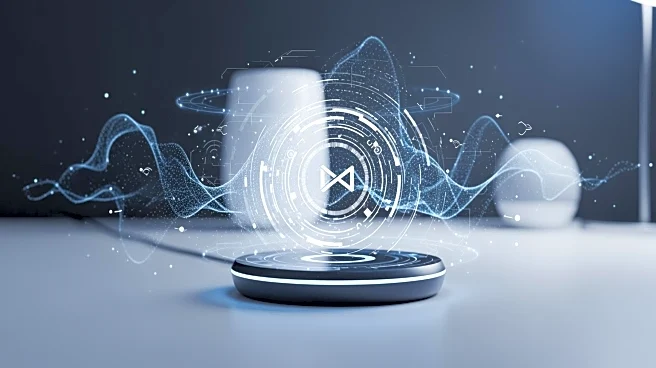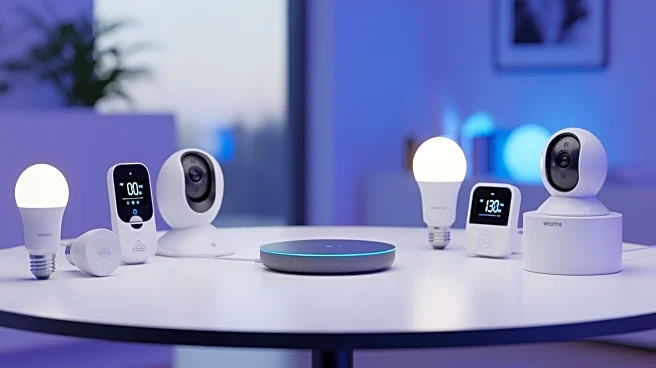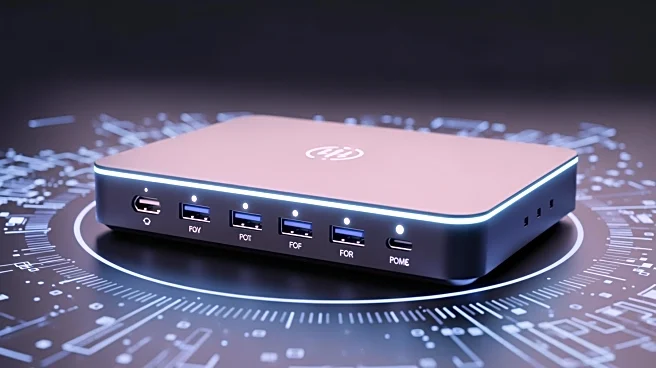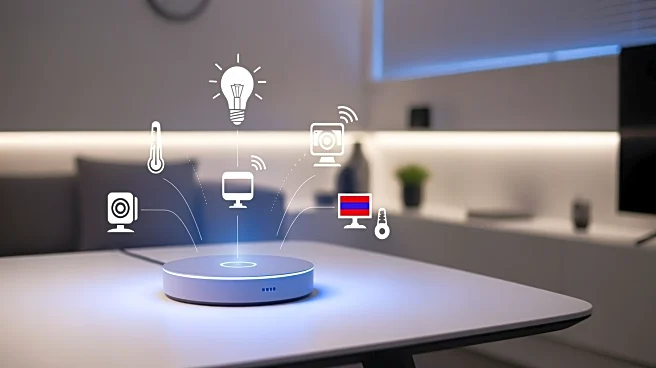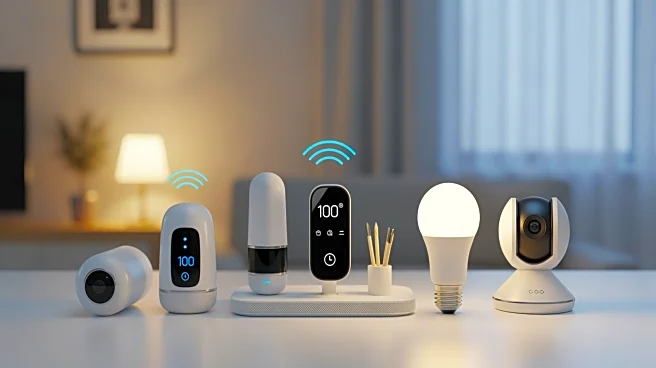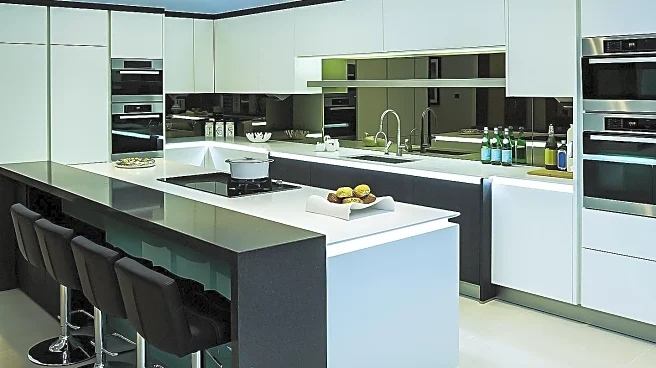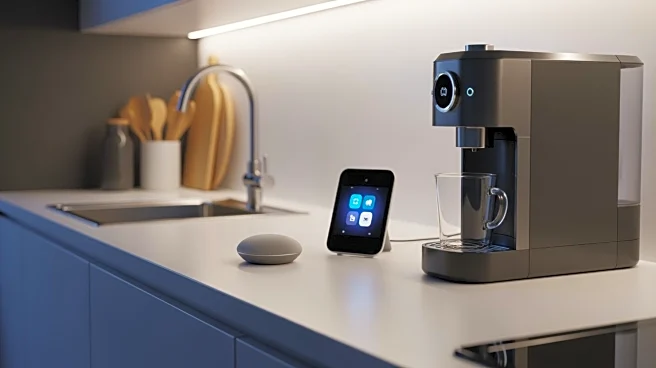What's Happening?
Smart home technology continues to evolve, offering consumers a choice between smart plugs and smart outlets. Smart plugs are praised for their plug-and-play design, making them easy to install in any
power receptacle. They are particularly favored by renters who cannot perform electrical work due to lease restrictions. These devices are versatile, controlling various home systems such as grow lights, ventilation, and accent lighting. On the other hand, smart outlets provide a more permanent solution, ideal for locations requiring extra security or where unplugging is a concern, such as children's bedrooms or narrow hallways. Smart outlets are compatible with local smart home protocols like Z-Wave, Zigbee, and Thread, which operate without an internet connection. However, installing smart outlets can be more complex, often requiring professional assistance, which increases costs.
Why It's Important?
The choice between smart plugs and smart outlets impacts the flexibility and cost-effectiveness of smart home setups. Smart plugs offer portability and ease of use, making them suitable for renters and homeowners who frequently move devices. They are also more affordable, with options available for under $30. Smart outlets, while more expensive and requiring installation, offer aesthetic benefits and permanence, appealing to homeowners looking for long-term solutions. This decision affects how consumers integrate smart technology into their homes, influencing energy management and security systems. As smart home technology becomes more prevalent, understanding these options helps consumers make informed decisions that align with their lifestyle and budget.
What's Next?
Consumers are likely to continue exploring a mix of smart plugs and outlets to balance cost and functionality. As smart home technology advances, new products may offer enhanced features or easier installation methods. Companies may innovate to reduce the complexity and cost of smart outlet installations, potentially increasing their adoption. Additionally, as smart home protocols evolve, compatibility and integration with other devices will be crucial. Consumers should stay informed about new developments to optimize their smart home systems effectively.
Beyond the Headlines
The integration of smart home technology raises questions about privacy and data security, as these devices often connect to the internet. Consumers must consider the implications of data sharing and potential vulnerabilities. Furthermore, the environmental impact of increased electronic device usage should be considered, prompting discussions on sustainable technology practices. As smart homes become more common, ethical considerations regarding accessibility and equitable access to technology may also arise.
